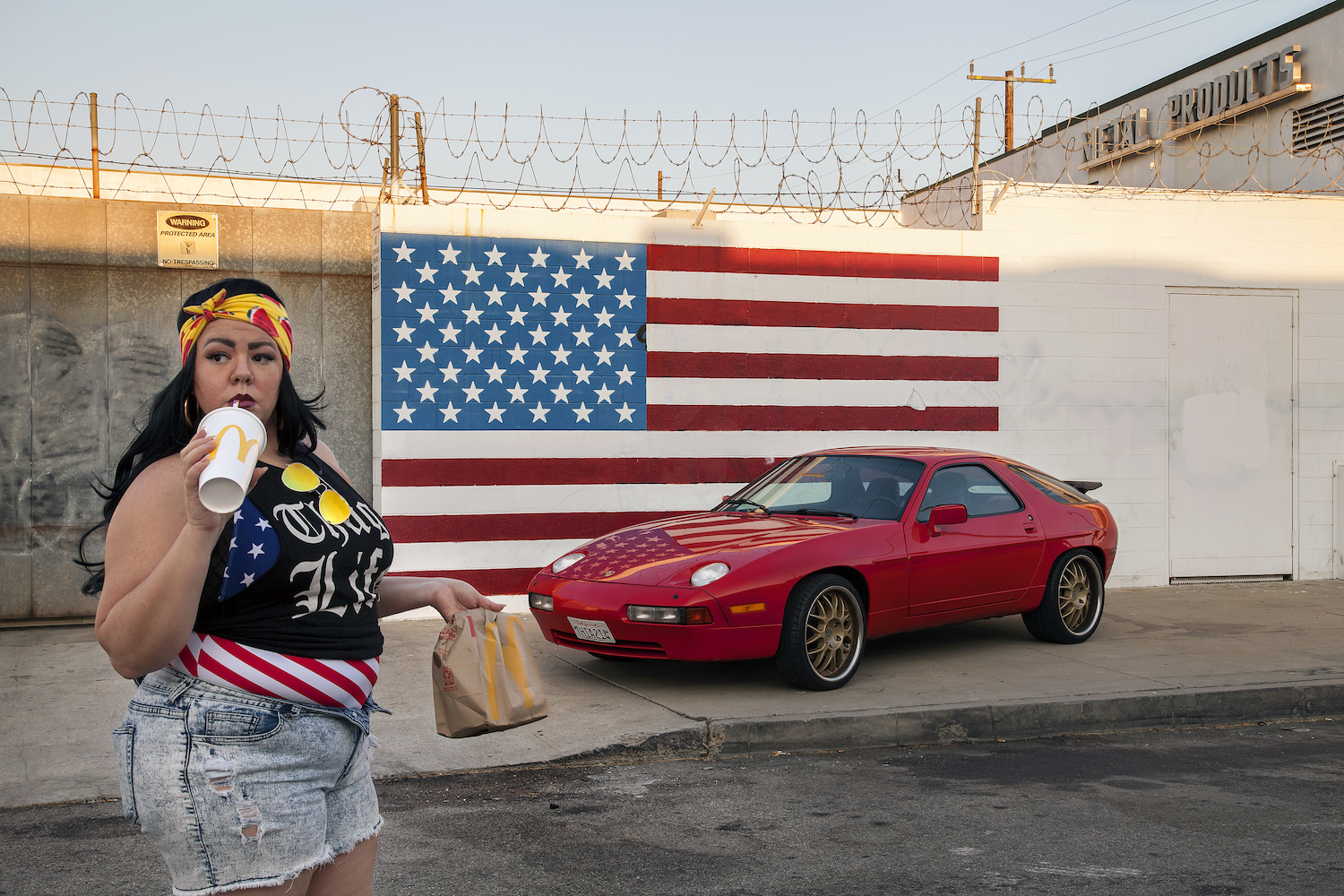Born in Massachusetts to a black father and a white mother, [Genevieve] Gaignard is white passing, despite identifying as black, and her visually ambiguous identity is something that’s troubled her since childhood. “When I say I’m passing, I mean we navigate through the world how others see us, and I’m usually seen as white,” Gaignard explains. It’s complicated to reconcile with an appearance that conflicts with your identity, but art has been Gaignard’s outlet through which to come to terms with, explore and push the limitations of identity and its perception. “Over time I’ve been able to process and tap into all the things I thought as a young girl growing up in this body, and this mind,” she says. “It’s about owning the skin I’m in, and thinking about how I can speak about blackness through seemingly white characters.”
Harriet Shepherd, “The Bi-Racial Artist Using White-Passing Characters to Talk About Blackness,” Sleek, June 7, 2018. http://www.sleek-mag.com/2018/06/07/genevieve-gaignard/.

